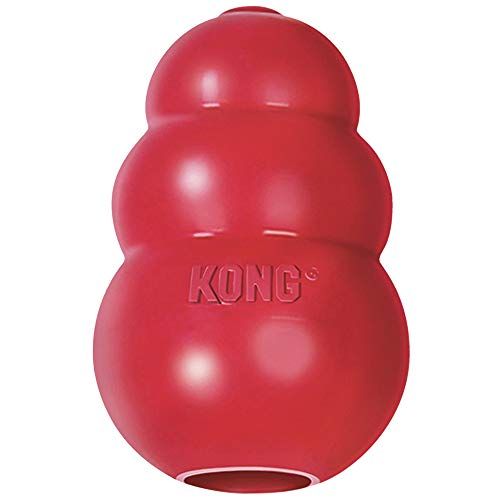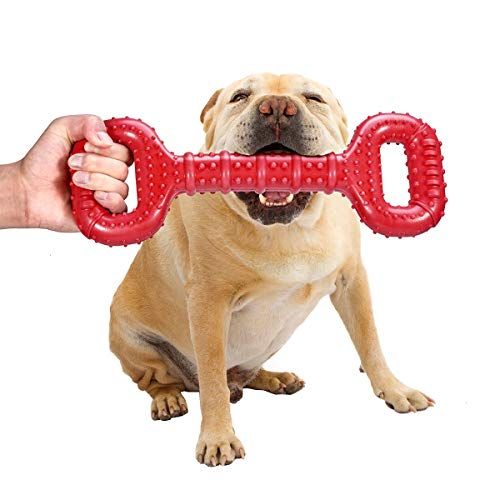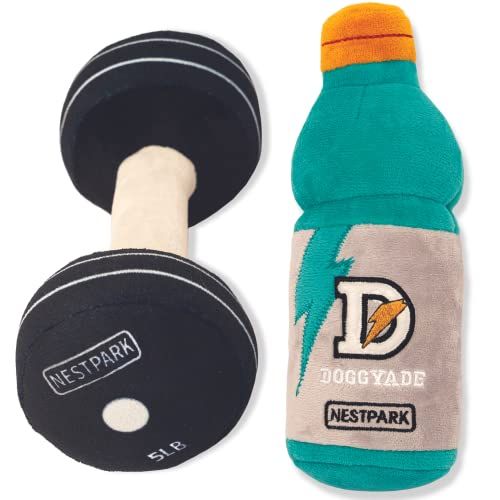Understanding Canine Urinary Health: How Long Can Dogs Hold Their Pee?
Welcome to the fascinating realm of canine health, particularly focusing on the often-asked question - how long can dogs hold their pee? This comprehensive guide will not only provide clear insights into dogs' urinary behavior but will also arm you with practical tips to ensure your furry friend's comfort and health. From understanding their unique physiology to the potential risks of holding pee for extended periods, we'll journey through everything you need to know about your dog's urinary health. Let's embark on this educational exploration together.
Understanding a dog's urinary behavior and habits can be crucial, particularly when dealing with puppies, elderly dogs, or pets with medical conditions. If you've ever found yourself asking "How long can dogs hold their pee for?", you're not alone. In fact, it's a pretty common query among dog owners, as it can have a big impact on both training and the general health of your beloved pet.
Just as in humans, dogs' bladder control can vary based on several factors such as age, size, diet, and overall health. Generally, a healthy adult dog might be able to hold its urine for about 8-10 hours, but there is a lot of variation depending on the specific dog.
Puppy Urination Frequency
Puppies have smaller bladders, and hence, they can't hold their pee for too long. Typically, a two-month-old puppy may need a bathroom break every two hours. For each month of age, you can expect them to be able to hold it for an additional hour. So, a three-month-old puppy might be able to wait three hours between potty breaks. Of course, these are just rough estimates, and puppies should be allowed to pee whenever they need to, especially during the housebreaking phase.
Adult Dogs and Their Bladder Control
As mentioned earlier, an adult dog, once fully housetrained, should be able to hold their urine for around 8-10 hours. However, it's important to note that holding urine for this long is not ideal for dogs. Just because they can, doesn't mean they should. Regular bathroom breaks (at least 3-5 times a day) are crucial for a dog's urinary health.
Senior Dogs and Urination
Older dogs, similar to elderly humans, might experience more frequent urges to urinate. Age-related issues such as decreased bladder muscle tone, hormonal imbalances, or onset of conditions like Canine Cognitive Dysfunction (CCD) can affect a dog's ability to hold in their urine.
Dog Breed and Size
Breed and size also play a significant role in a dog's urinary habits. Smaller breeds have smaller bladders, and hence, they will need more frequent bathroom breaks compared to larger breeds.
Medical Conditions
Certain health conditions can also influence how long a dog can hold its pee. For instance, urinary tract infections (UTIs), kidney disease, diabetes, and certain medications can lead to increased urination frequency.
Diet and Hydration
The amount of water a dog consumes, as well as the type of food it eats, can affect how often it needs to urinate. Dogs eating wet food may need to urinate more often compared to those eating dry food, simply because wet food contains more moisture.
Physical Activity
Increased physical activity leads to higher water consumption, which in turn can increase the frequency of urination.
In conclusion, while it's important to understand how long a dog can hold its pee, it's even more crucial to ensure that they are given ample opportunities to relieve themselves throughout the day.
Learn more: How long can dogs hold their pee for
Neglecting this could lead to discomfort and potential health issues such as urinary tract infections. Always ensure your dog's comfort and health by maintaining a suitable potty-break schedule. If you observe any unusual changes in your dog's urination frequency or behavior, consult your vet immediately, as it could be indicative of underlying health issues.















